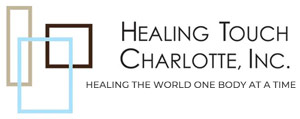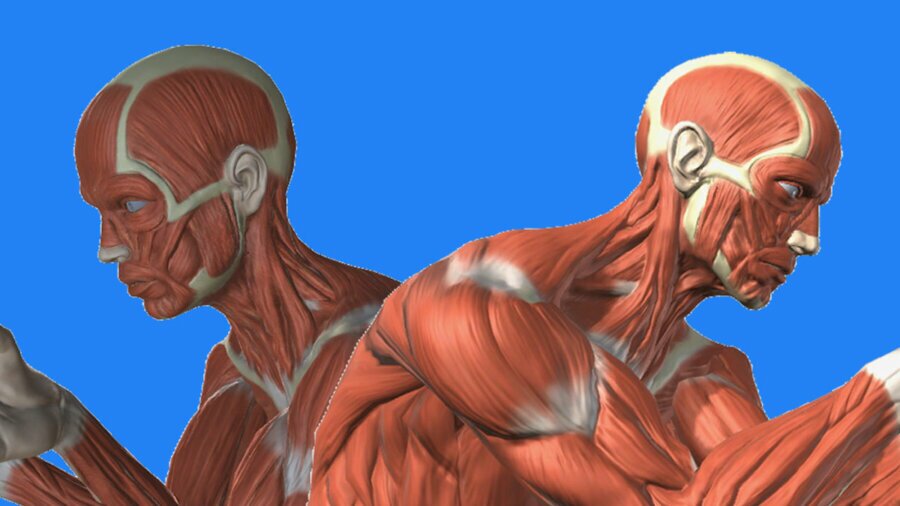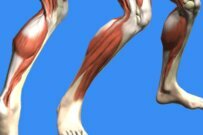Screens dominate our work and personal lives, so the importance of maintaining proper computer posture can’t be overstated. Prolonged computer use with poor posture can lead to chronic pain. The main areas affected are the neck, back, and wrists. Correct posture and regular massage therapy can reduce or even prevent a lot pain.
Proper computer posture is vital. Your computer screen should be at eye level to avoid tilting your head downwards, which strains the neck. Keeping your back straight and supported is crucial; ergonomic chairs can also help.
Move around! Stand up and move around for a few minutes every hour. Keep your wrists in a neutral position while typing or using a mouse to prevent strain. While these adjustments might seem minor, they can help a lot to reduce chronic pain.
What can you do if you’re already hurting? Sometimes our work demands long hours in front of a computer – causing strain and tension. Massage Therapy can help alleviate the pain. Regular massage sessions can help calm the built-up muscular tension. Massage therapy not only provides immediate relief but also increases blood flow and flexibility.
Massage Therapy also contributes to mental well-being. The relief from physical discomfort can significantly reduce stress and improve focus, making you more productive and less prone to the distractions of pain. Massage addresses both the symptoms and the root causes of computer-related discomfort.
Stretch at home! Incorporating massage therapy into your routine doesn’t always mean frequent visits to a professional. Self-massage tools like foam rollers or massage balls can be effective for daily maintenance, while professional sessions can be reserved for more thorough, deep-tissue treatment. Additionally, simple stretches and movement breaks throughout the workday can enhance the benefits of both proper posture and massage therapy.
Ergonomics and Massage are proactive health steps! Remember, in the battle against chronic pain, prevention is just as important as treatment.






